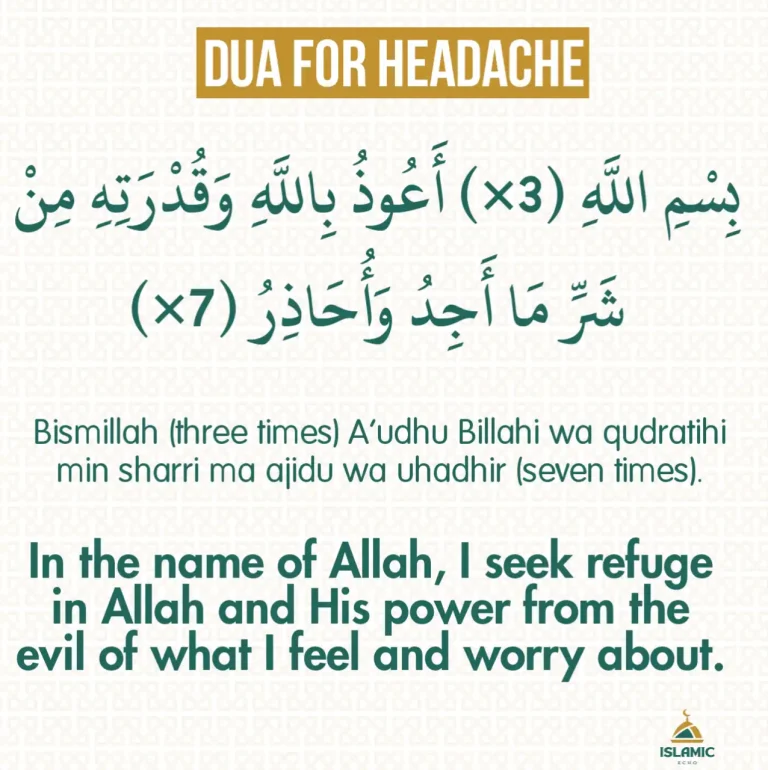7 Ha Meem Surah In Quran, Find Out
There are 7 Surahs in the Quran that are known as the Ha Mim group of Surahs or simply referred to as ‘Ha Mim’ because they all begin with the Arabic alphabets ‘Ha’ and ‘Mim.’
The chapters that start with the letters “Ha” and “Meem” (HaMeem).
7 Ha Meem Surah In Quran
The 7 ha meem surah are:
1. Surah Ghafir
Ghafir (Arabic: غافر, ghafir; meaning: “The All-Forgiving”, referring to Allah), is the 40th chapter of the Qur’an, with 85 verses (ayat). This surah is called al-Ghafir (the All-Forgiving) because of the Divine Name mentioned in verse 3.

2. Surah Fussilat
Fussilat (Arabic: فصلت, “are distinctly explained” or “explained in detail”), also known as Surat Ha Mim as-Sajdah (Arabic: سورة ﺣﻢ ﺍﻟﺴﺠﺪﺓ), is the 41st chapter (surah) of the Qur’an with 54 verses (ayat).

- READ ALSO: Which Surah With Two Bismillah? Find Out
3. Surah Ash-Shura
Ash-Shura (Arabic: الشورى, “Council, Consultation”) is the 42nd chapter (surah) of the Qur’an with 53 verses (ayat). Its title derives from the question of “Shura” (consultation) referred to in Verse 38. The term appears only once in the Quranic text.

4. Surah Az-Zukhruf
Az-Zukhruf (Arabic: الزخرف, “Ornaments of Gold, Luxury”) is the 43rd chapter (surah), of the Quran. It contains 89 verses (ayat).

5. Surah Ad-Dukhan
Ad-Dukhan (Arabic: الدخان, ad-dukhan; meaning: Smoke) is the 44th chapter (surah) of the Quran with 59 verses (ayat). The word dukhan, meaning ‘smoke’, is mentioned in verse 10.
The first verse is one of Quran’s Muqatta’at, the letter combinations that appear in the beginning of some chapters.
Verse 37 mentions the people of Tubba, interpreters explain that this refers to the people of Sheba.
Regarding the timing and contextual background of the believed revelation (asbāb al-nuzūl), it is an earlier “Meccan surah”, which means it is believed to have been revealed in Mecca, rather than later in Medina.

6. Surah Al-Jathiya
The Kneeling, (Arabic: الجاثية; meaning: “Upon Their Knees”, “Crouching”) is the 45th chapter (surah) of the Qur’an with 37 verses (ayat). It is a Meccan chapter, believed revealed according to the Islamic tradition during the Meccan phase of Muhammad’s prophethood.
This is one of the seven chapters in the Qur’an that start with the Muqattaʿat Hsʼ Mim. It contains discussions of “signs of God” for humankind to reflect on, and describes punishments for those who deny God despite the signs.
It also contains the only Quranic verse mentioning sharia, a term which Muslims later use to refer to the Islamic law.

7. Surah Al-Ahqaf
Al-Ahqaf (Arabic: الأحقاف; meaning: “the sand dunes” or “the winding sand tracts”) is the 46th chapter (surah) of the Qur’an with 35 verses (ayat).
This is the seventh and last chapter starting with the Muqattaʿat letters Haʼ Mim. Regarding the timing and contextual background of the believed revelation, it is one of the late Meccan chapters, except for verse 10 and possibly a few others which Muslims believe were revealed in Medina.

Here is a table with information on the Surahs:
| Surah | Classification | Number of Verses | Revelation Order |
|---|---|---|---|
| Ghafir (40) | Meccan | 85 | 64 |
| As-Sajdah (41) | Meccan | 30 | 65 |
| Ash-Shura (42) | Meccan/Medinan | 53 | 66 |
| Az-Zukhruf (43) | Meccan | 89 | 67 |
| Ad-Dukhan (44) | Meccan | 59 | 68 |
| Al-Jathiyah (45) | Meccan | 37 | 69 |
| Al-Ahqaf (46) | Meccan | 35 | 70 |
Please note that the classification indicates whether the Surah was revealed in Mecca or Medina.
IslamQA stated: these letters appear at the beginning of some soorahs – and Allah knows best – to highlight the miraculous inimitability of the Quran, and that people are unable to produce the like thereof, even though it consists of letters such as they use in their daily speech.
We do not know of any saheeh hadith that speaks of the virtues of the Haa’-Meem soorahs in particular. There are some hadiths which speak of their virtue, but none of them has been proven to be sound.
See: Silsilat al-Ahaadeeth ad-Da‘eefah by al-Albaani (no. 3537, 3538, 6183 and 7081.
What these people do of reciting the first two verses of each soorah that begins with Haa’-Meem one after another is something for which we know of no basis. Therefore it is an innovation that has been introduced into the religion and is to be rejected.
There is also no basis for their view that it is a way of protecting oneself from the fire of Hell.
The most that has been narrated concerning that is the report narrated by al-Bayhaqi in ash-Shu‘ab (4/105) and ath-Tha‘labi in at-Tafseer (8/261), from al-Khaleel ibn Murrah, that the Messenger of Allah (blessings and peace of Allah be upon him) said:
“The Haa’-Meem soorahs are seven, and the gates of Hell are seven. Each Haa’-Meem will come and stand at one of these gates and will say: ‘O Allah, do not admit through this gate anyone who believed in me and recited me.’”
Immediately after that, al-Bayhaqi said: This is how it reached us, with this interrupted isnaad.
This is a flimsy (waahin) isnaad. Al-Khaleel ibn Murrah was one of the successors to the Taabi‘een; between him and the Prophet (blessings and peace of Allah be upon him) there are at least two narrators.
Moreover he is weak (da‘eef) in and of himself. Al-Bukhaari said: He is munkar al-hadith (i.e., his hadith is to be rejected). He was classed as da‘eef by Ibn Ma‘een and Abu Haatim.
See: Mizaan al-I‘tidaal (1/667)
It was also classed as da‘eef by al-Albaani in Silsilat al-Ahaadeeth ad-Da‘eefah (6183)
Even if we assume that it is sound, what would be meant is reciting each of these soorahs in its entirety; as for reciting only two verses of each soorah, there is nothing in the hadith to support that.








2 Comments